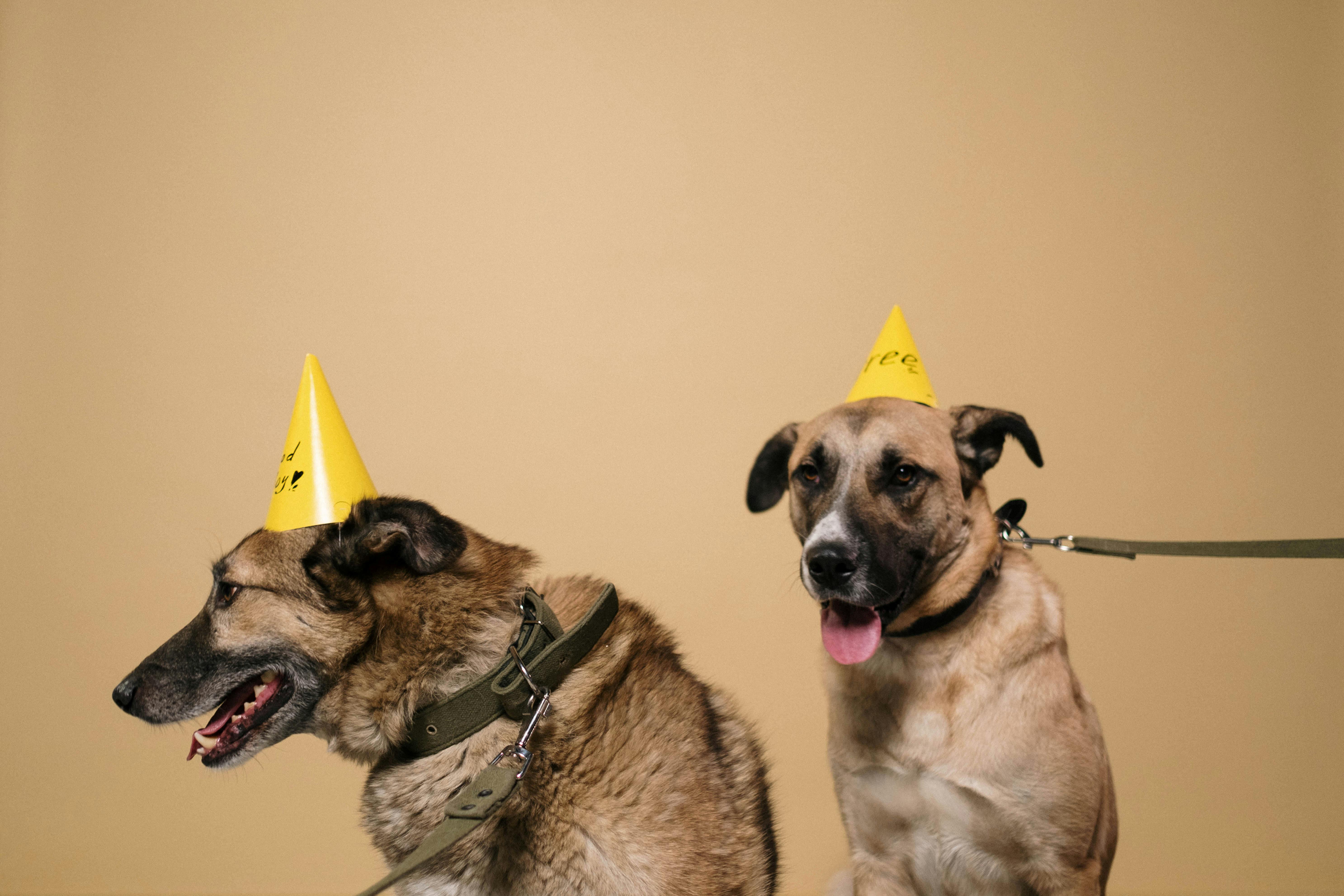The evolution of the Lhasa Apso
All dog breeds are the result of the convergence of evolutionary factors and interbreeding. Some races are manufactured by man and others are manufactured naturally, there is little influence on their form and function of the capacity of natural selection. For example, the Bulldog breed was a “backward” breed and was bred to create a more vivacious, long-legged version of the original dog breed.
Of the Tibetan breeds, the Lhasa Apso, the Tibetan terrier, is more a product of evolution than human influence. Of the five recognized Tibetan races; The Tibetan Terrier, the Tibetan Spaniel, Do-Khyi (Tibetan Mastiff), Lhasa Apso and Shih Tzu, the Lhasa is the breed most directly influenced by the harsh climatic conditions of the Himalayas and Tibet.
There are many reasons why this happened. First of all, Tibetans only began selectively breeding Lhasas about 800 years ago in the city of Lhasa, the capital and home of the Dalai Lamas. However, the breed has its origins about 2,000 years ago in the Tibetan environment.
Second, historians speculate a lot as to whether these Tibetans actually attempted the sophisticated practice of selective breeding that is so popular today. The early Tibetans were hunters and herders who depended on Tibetan dogs to hunt, protect herds, and serve as guard dogs and companions for humans. The natural tendencies of the Tibetan races, shaped by evolutionary forces, were more than sufficient to ensure the survival tasks facing the Tibetans.
Third, the physical form of a Lhasa Apso has remained virtually unchanged from its original form, because it can still retain heat when needed. Cold-adapted animals have bodies with a higher proportion of muscle and fat, compared to the bone mass of other breeds that have had to adapt to a warmer environment.
The amount of heat an animal produces is directly proportional to its weight or volume. The larger the body, the more heat it produces. What is known is that heat loss is also proportional to the surface area of the body, the more surface there is, the faster the heat is lost. The conservation of heat is a function of the ratio of body mass in relation to the area, the one with more surface will lose heat more quickly.
Because a Lhasa Apso’s body is shorter and more rounded, it has less surface area than its warmer cousins, with longer legs and the same weight. Those same forces also govern body type; People of Eskimo lineage have shorter, sturdier bodies and less surface mass than an equatorial person of the same weight who has a longer, thinner body and a higher surface area. In short, to limit heat loss in the cold, it is best for an animal to have as compact a body and short legs as possible.
Nature has adapted the body of a Lhasa Apso to suit the hills and villages of the Himalayan highlands. This breed is built for endurance, not speed, for walking, jumping, and climbing, and not like the bodies of other dog breeds.
